Your attic is full of possibilities. Upgrading that dusty place to a bedroom retreat, home office, or fun playroom is super exciting. But hold on! Before making any sketches or floor plans or picking any paint colors, there is a big question to answer. Do you need a permit?
The Short Answer Depends
The answer to this question is a little tricky. Some cosmetic changes won’t need a permit, but most of the attic room ideas will require one, especially if they involve structural changes, add a new living space, or contain any system alterations. Especially in New York City, where building codes are especially strict, getting this correct is very important.
When Permits Are Absolutely Necessary
If you plan to make your attic room ideas into an actual livable space, you’ll need permits for the following:
- Converting to living areas: Transforming an attic into a bedroom, office, or guest suite demands permits for safety
- Structural modifications: Raising rooflines, adding dormers, or altering walls require engineering review and permits
- New electrical wiring: Installing outlets or extending circuits requires an electrical permit and licensed electrician
- Plumbing additions: Bathroom or wet bar installations need plumbing permits and licensed professionals
Code Requirements Matter
NYC has specific laws regarding the construction of habitable attics. The finished attics are required to meet a 7-foot high ceiling for 50% of the space. For room dimensions, a minimum of 70 square feet is required, and egress emergency windows are necessary. Staircase access must meet code-compliant specifications with 6’8″ minimum headroom and 36-inch width.
What About HVAC and Insulation?
Extending ductwork for heating and cooling typically requires a mechanical permit. Similarly, while adding basic insulation might seem minor, if it’s part of a larger habitable space conversion, it gets inspected for energy code compliance and proper ventilation. These systems work together to keep your new attic room comfortable year-round.
The Cosmetic Exception
Here’s where you might catch a break. These typically don’t require permits:
- Painting and flooring: Basic cosmetic updates like new paint or flooring installation (without subfloor changes)
- Non-structural additions: Freestanding furniture and closet organizers
- Partition walls: Non-load-bearing walls might slide through, but verify with your local department first
Why Permits Actually Protect You
It’s tempting to skip permits and save money upfront, but consider this: permits exist for your safety. They ensure electrical work won’t cause fires, structural changes won’t cause collapse, and your new space meets health standards. Unpermitted work can complicate future home sales, void insurance coverage for damages, and cost you significantly more in the long run.
NYC renovation costs for permitted attic conversions typically range from $525 to $3,114, depending on scope, but cutting corners with unpermitted work creates far costlier headaches.


